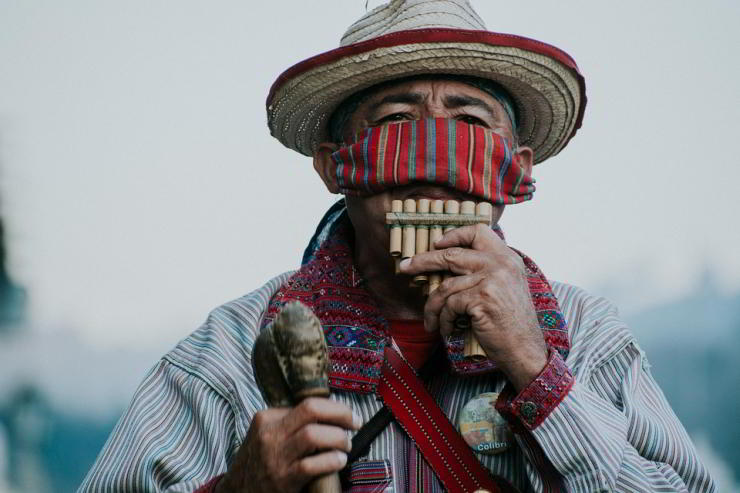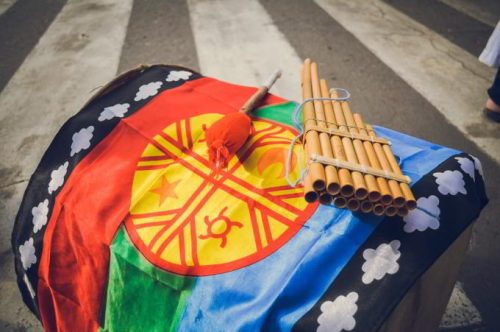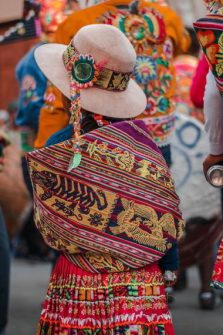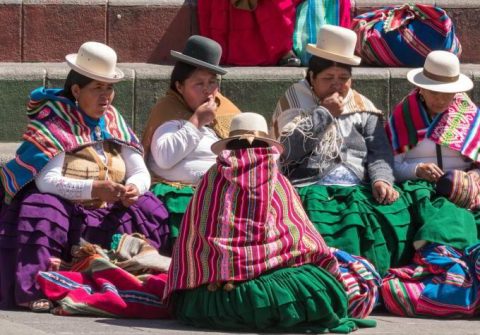Bolivia. The Sound of the Andes.

Native music is very important for the cultural and spiritual identity of the Andean peoples since it is the expression of the sentiment and joy of the Quechua and Aymara indigenous communities and other cultures of the Andes. It also plays a fundamental role in their agricultural calendar.
Native music is the expression of an identity woven between verses and typical instruments of the Andean region. It is seen to be like a letter of introduction of the community identity of the family clan. Through music, the Andean people express their joy or sadness in their daily lives. In addition, it allows them to dialogue with their neighbour and relate to the four dimensions of the pacha (earth): the transcendent, nature, humanity and interiority of the pacha.
In addition, music is also an essential element to celebrate life in its entirety, because it gives meaning to the ritual act that can be a moment of sadness or happiness. That is why it is part of the cosmovision and the millenary ancestral wisdom.

Music is an essential element in celebrating life. Pixabay
Music is the literature that narrates the history of the ancestors, the present and the future of the Andean communities. In music, it is expressed between songs and representations of native dances. The origin of native Andean music is very different from the European conception for whom music is a personal talent that is perfected in the great artistic academies through the instruction of the masters. There, the artists become professionals with academic techniques and methods. The inspiration of their musical texts is the same, it comes from themselves and must pass through the connoisseurs of the subject.
In the Andean world, however, the origin of music is found in its vision of the world. Its author is the sereno/a (spirit of music), who inhabits the sacred places of the inner world of the ukhupacha. In the kay pacha (space here) they have their geographical places such as in the phajchas (waterfalls), on the slopes, in the streams and in freshwater springs.
It is the spirit that creates the new verses and new melodies of the huayños of each year.

Music is the literature that narrates the history of the ancestors, the present and the future of the Andean communities. Pixabay
This is transmitted to the Andean man through the serenado instruments that are requested by the interested young people in the company of the yatiri (shaman).
Andean music originates from the principle of interrelation and reciprocity between the spirits of the inner world of Pachamama (Mother Earth) and the men of the kay pacha. It is based on the ritual of exchange, in which the men of the communities offer ritual food: q’owa, coca, cigar, sweet, and alcohol together with the ajayus of music through the yatiri (shamans), ask for their instruments to be tuned and for the new songs to be transmitted. For his part, the sereno (the spirit of music) responds by leaving his space and fulfils his request to the men and women by tuning their instruments, generating new verses and melodies celebrating life with all the pacha.According to the stories of the yatiris (shamans), the serenado (melody of the spirit) of the instruments is performed during the nights of the new or full moon, because this is the time indicated for the spirit of the music to pass from the ukhu pacha to the kay pacha. Meanwhile, the yatiris evoke the spirit of the music through ritual offerings such as q’owas, drinks, cocas and other ritual elements that are placed next to the instruments. It is said that at midnight the spirit of the music leaves the house to begin playing and singing the new huayños (verses) of the year.

Bolivian Women. In the Andean world, the origin of music is found in its vision of the world.123rf
Another one of the typical instruments of the Andes is the charango (a stringed instrument) and the ritual process of the serenado is similar, but it is located in another place, in the deep precipices.
Where this instrument is placed out of tune because the guardian is the one who performs by leaving his place when the yatiri exposes him with all the ritual offerings. That is why the sereno charango sounds
ch’uwita (fine and clear).
Native music also plays a fundamental role in the Andean agricultural calendar. The use of instruments also has its time: sowing and harvesting. Musical instruments mark the presence and absence of rainfall, that is, the two seasons of the year in the Andean area. The first is the rainy season and the second is the dry season. Music is woven into each of them along with ritual celebrations.
The rainy season begins with the festive rite of ayamarq’ay (November), that is, with the celebration of the feast of the dead. On November 2, mourners wait for their deceased in their homes and the next day they go to their graves accompanied by the musical group that uses typical flutes (pinkillada). The instruments of this period are: the pinkillo (typical flute), the pututo (perforated cow horn) and the qhonqota (a stringed instrument). On the night of November 2, flute players visit the graves and dance the qhata. This period ends with Carnival Sunday, where they say goodbye with the cacharpaya. From this day on, the string and wind instruments are changed: the charango, the sampoña, the Jula julas, the phululo and others. (Open Photo: Pixabay)
Jhonny Mancilla Pérez



